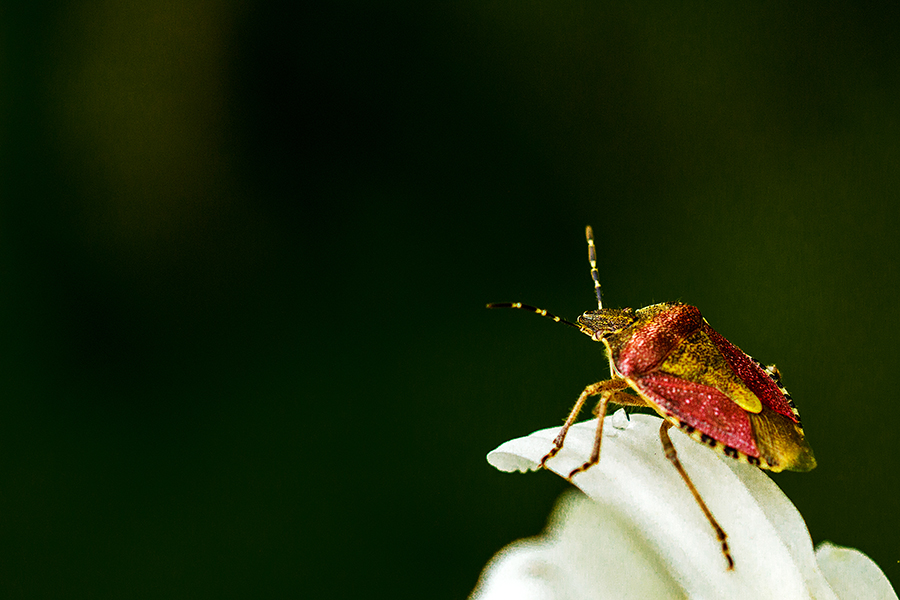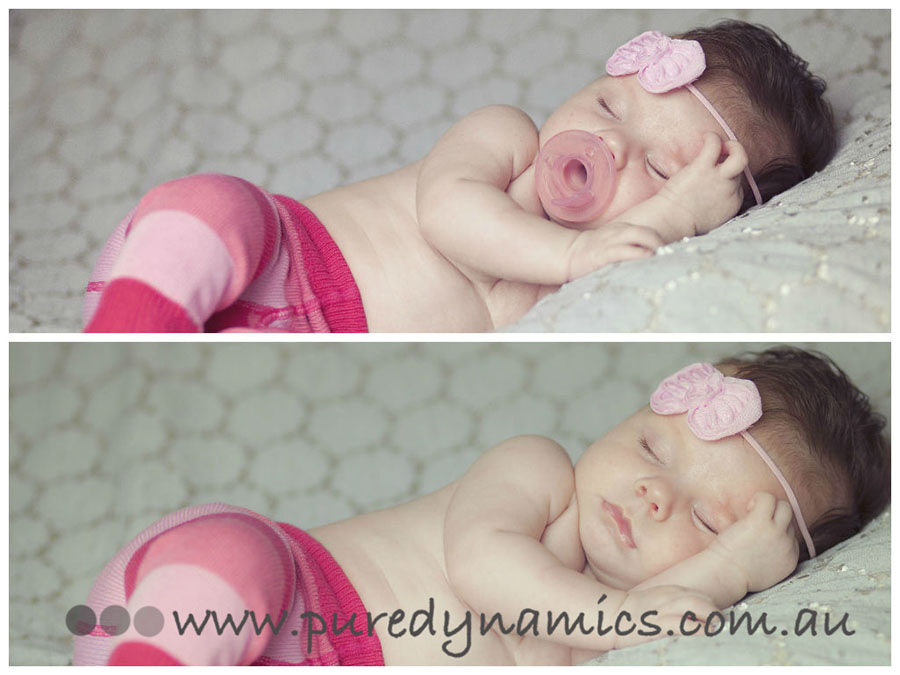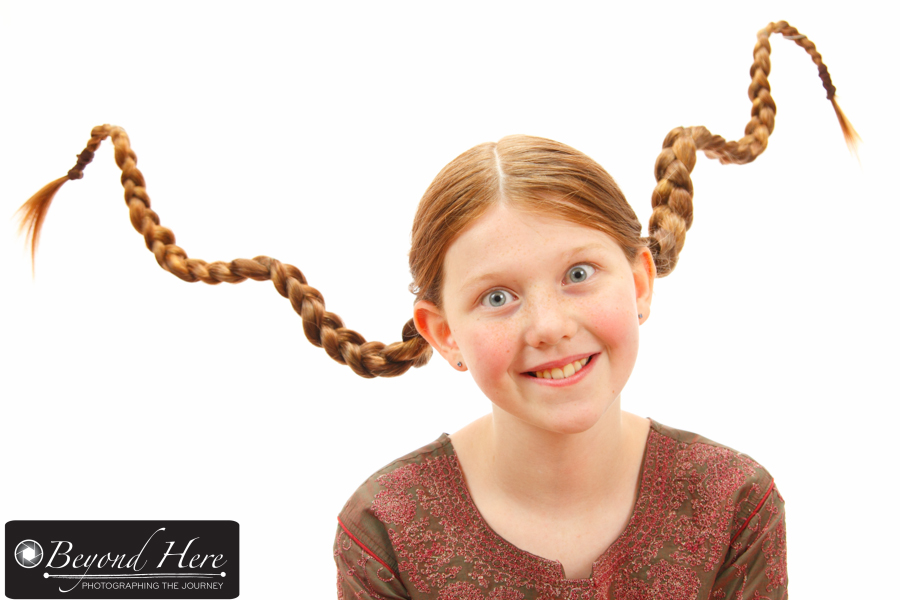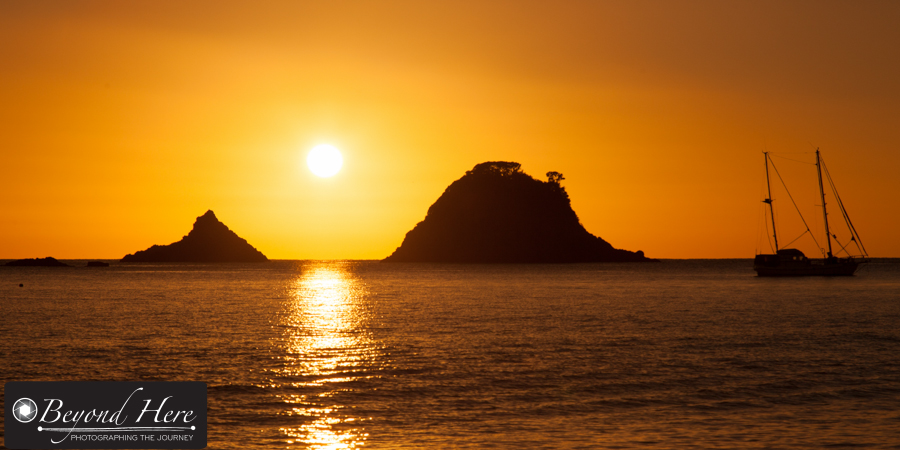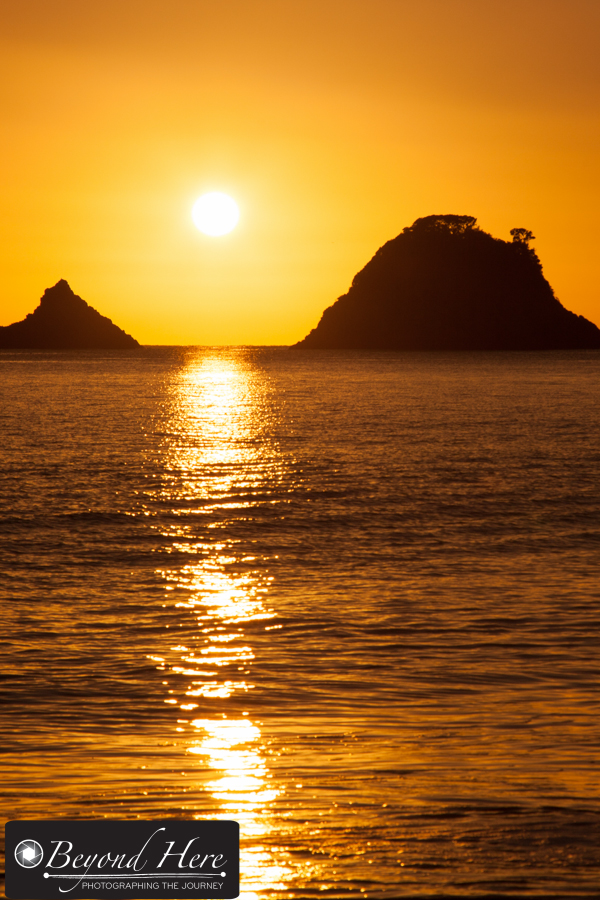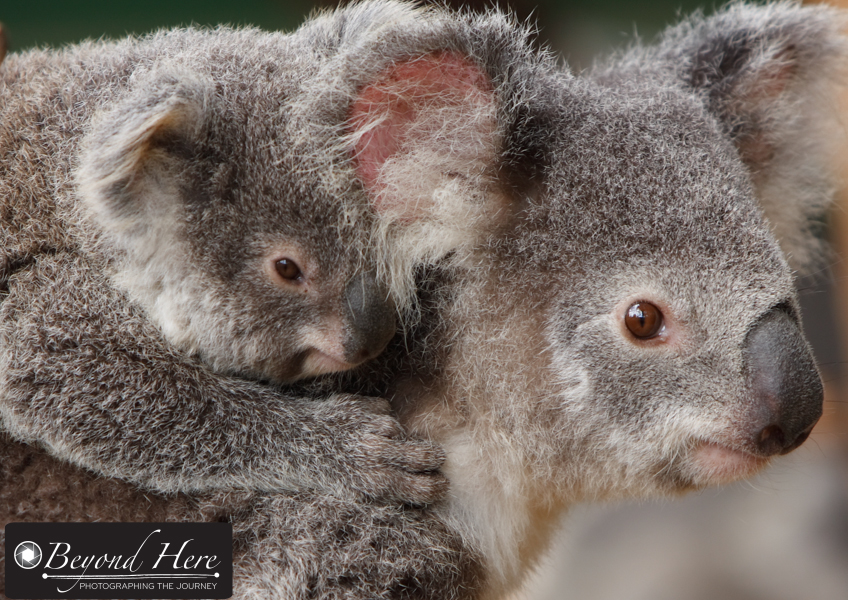This photo was selected as the file of the day on one of the wildlife photography communities I participate in on Google+. It is a female superb fairy wren. I took this shot yesterday afternoon in Melbourne, Australia. It has prompted me to write about what is the single biggest way to improve your photography – better backgrounds for better images.
This tip is applicable to nearly every type of photography – and on this post I have included sample images from weddings, wildlife, sports, and family portraits.
In all these types of photography, having a nice clean background has focused attention on the subject. There is nothing distracting or off putting, and the subject really stands out in the frame. So, let’s see some sample images, and discuss how to use better backgrounds for better images.
This example is from a family portrait shoot. In any type of photography where you are setting up the shot, getting nice clean backgrounds is straight forward but requires the photographer to choose the type of background suitable to the shot. In this case, I was doing an outdoor family portrait session at a park. The child was wearing dark colors so I looked for a plain background which also had lighter colors. In this case, the background is a stone wall which formed part of a monument. It is a nice bright color which offsets the subject’s dark shirt, and provides a clean but textured background. At a park environment, also look for trees or nature scenes which would give clean backgrounds, or fences or building walls. These can all be effective.
Ok, now for a wedding image. This image was taken at an inner city wedding. As you can see I have used an outdoor stair well as the background for this image. Weddings are particularly important to get clean backgrounds, as the focus needs to be on the couple, their relationship and the wedding day.
Again, with weddings you have time to plan these images in advance, and as long as the weather cooperates, it is a matter of following your plan. In this image the lack of color in the stairs also helps to focus attention on the bride and groom. (Interestingly, this image had more impact because of the colors than a similar black and white image.)
Even in inner city, busy environments with lots of people, it is possible to find clean backgrounds to support your images. Look for stairwells, doorways, arches, or architectural features – like walls. Better backgrounds for better images works for wedding photography too.
The use of plain backgrounds in sports can be effective, but there are also times when a busy background works well in sports photography.
If you think about a basketball image, there is a time to have the player on there own, and also a time for the player to be seen against a background of a cheering crowd.
In sports photography, it is still possible to get clean backgrounds, but it also might be more effective to get a busy background of a cheering group of supporters.
Ok, so how do we put the lesson of better backgrounds for better images into action? To improve your photography with this technique it is a matter of consciously choosing what you would like for your background and then practicing. After a short period of time you will be subconsciously positioning yourself and your subject to achieve backgrounds which help your subjects stand out.
If you have found this post – better backgrounds for better images – useful, you may also like posts on:
Thanks for reading this post. Good luck with better backgrounds for better images.











